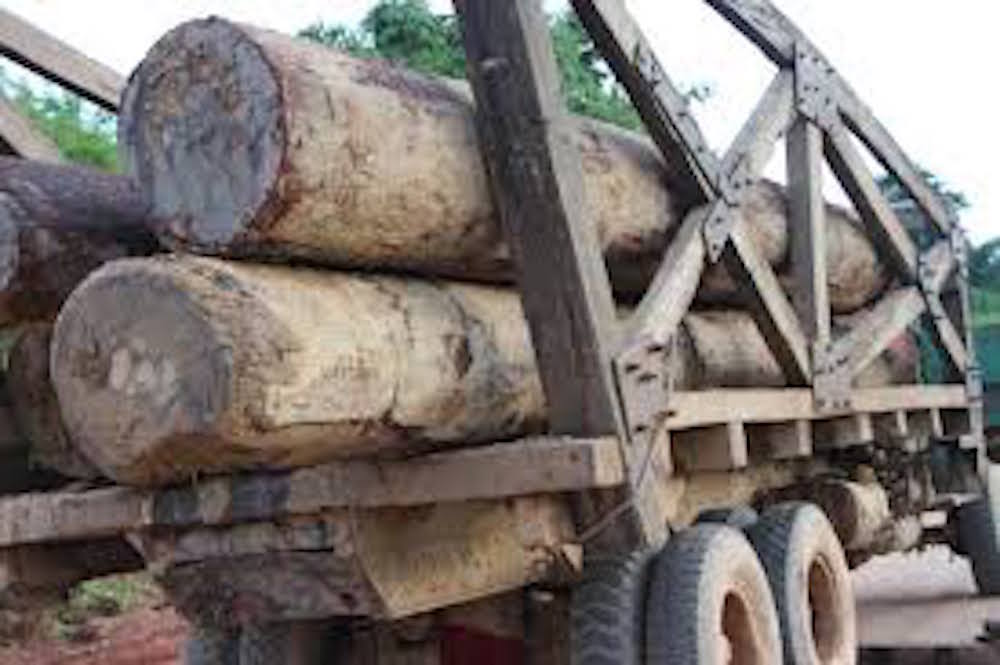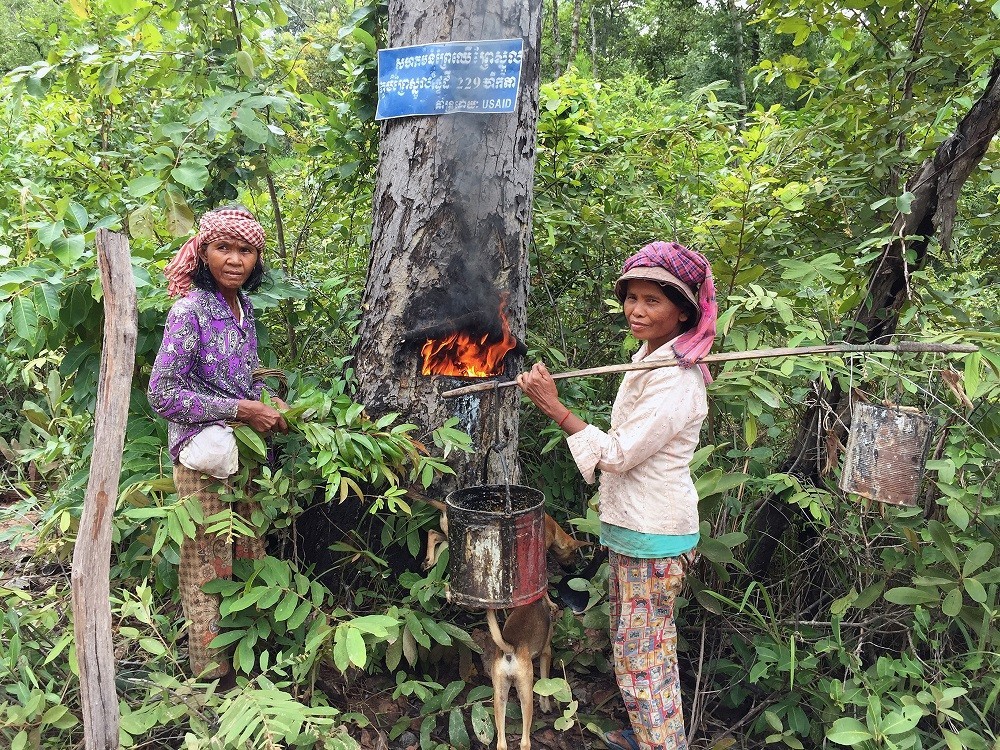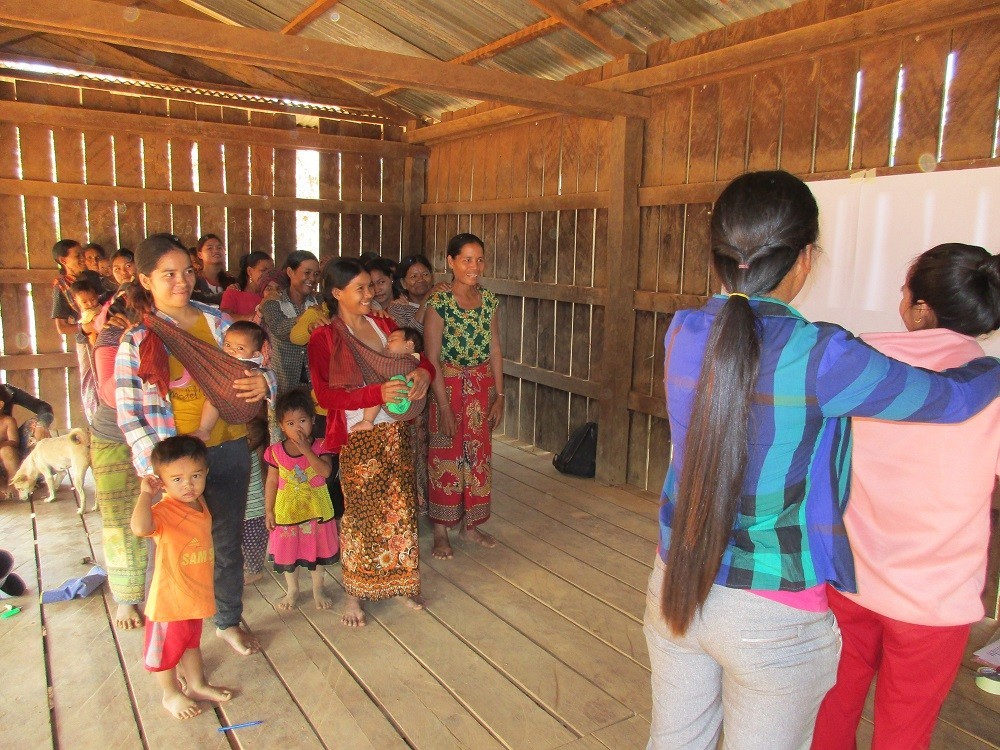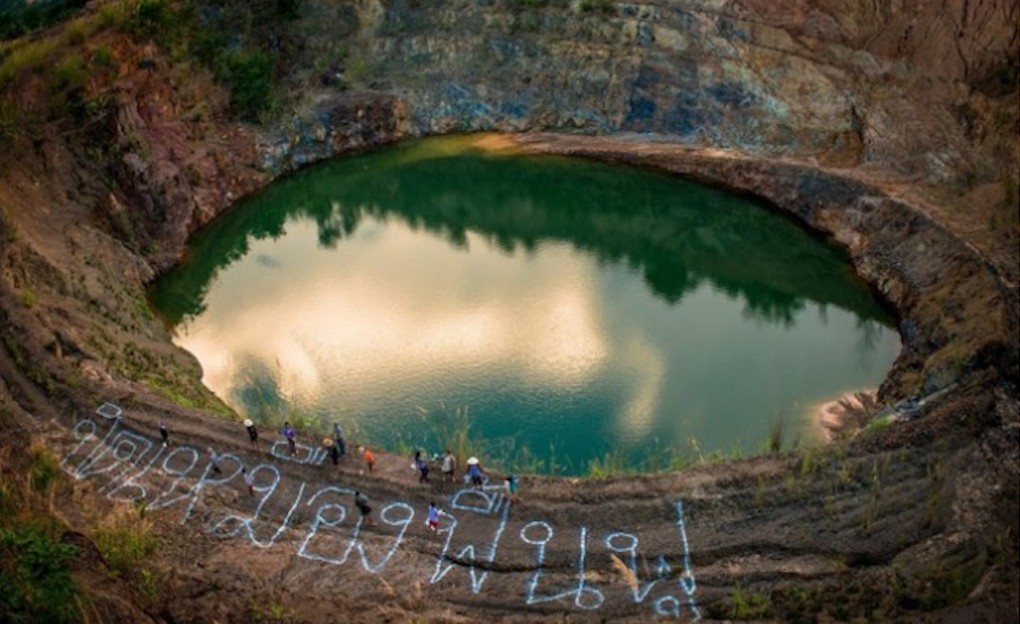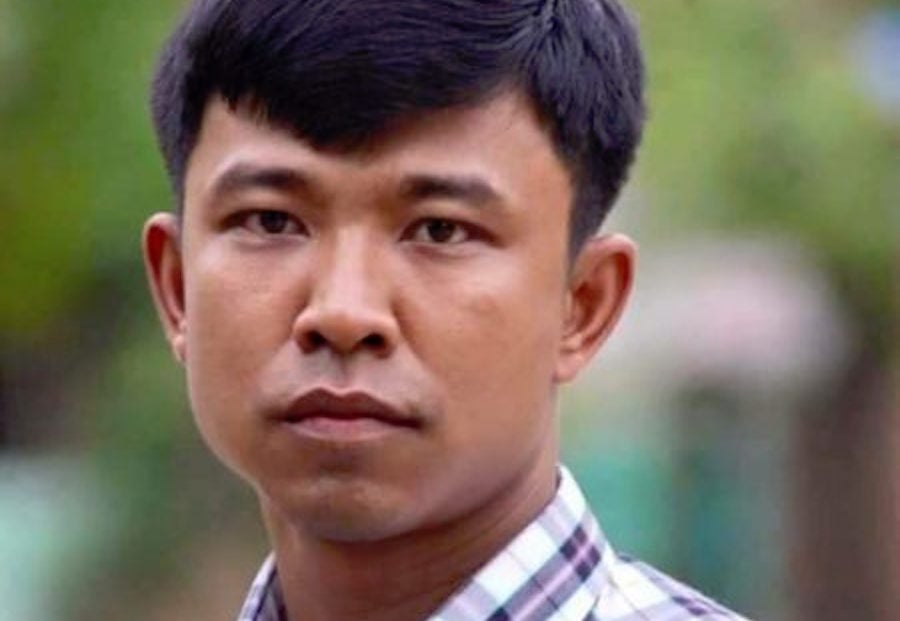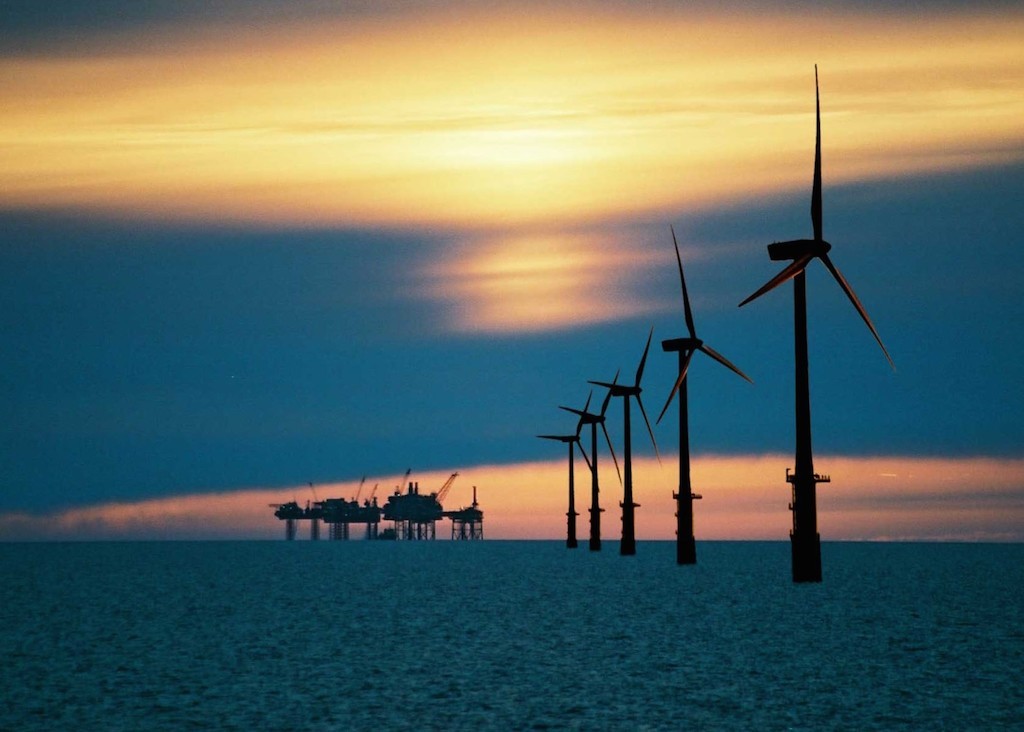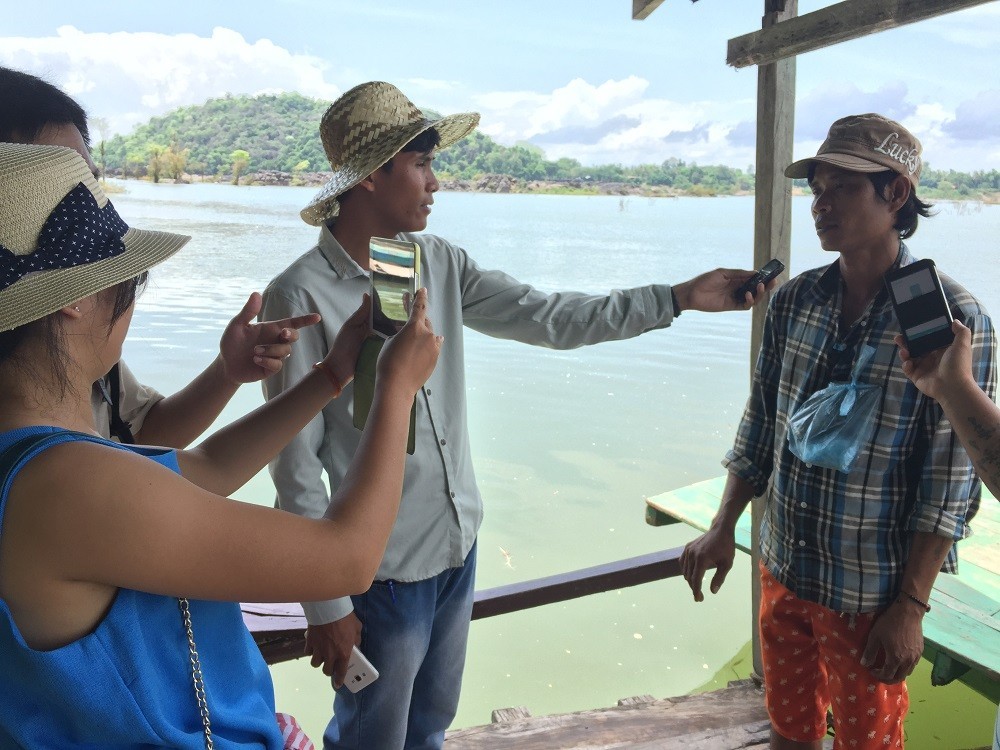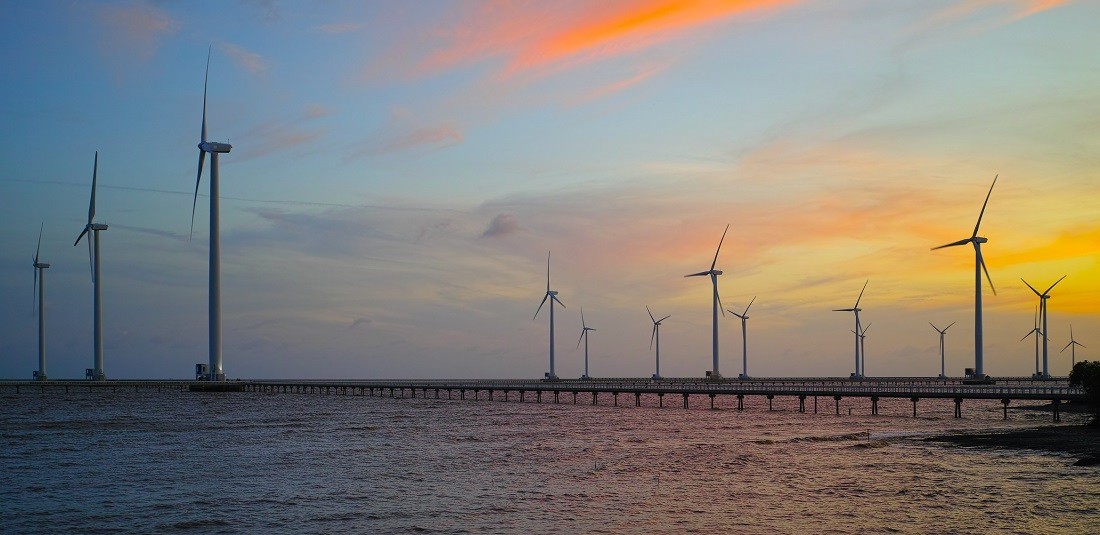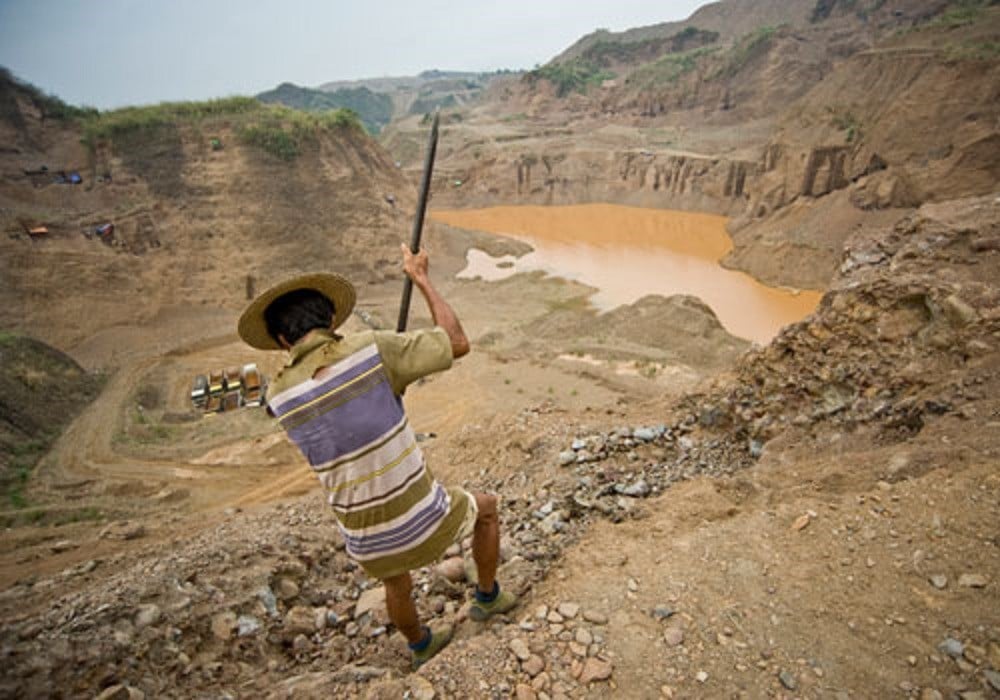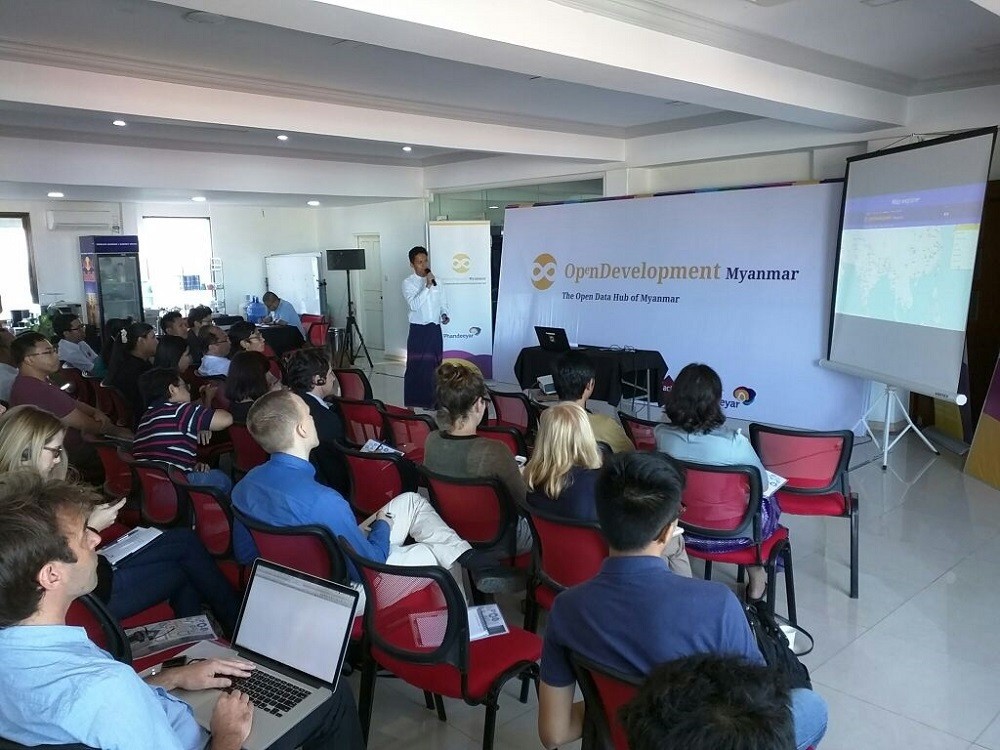The murder of a Burmese reporter investigating illegal logging and the roadside beating of another, both in Myanmar earlier this week, have raised new fears about media safety in the country.
Soe Moe Tun, a 37 year-old Burmese reporter with Daily Eleven newspaper, was found “severely beaten” to death by the side of a highway near the town of Monywa in Myanmar’s central Sagaing region on Dec. 13. Police are investigating his murder but robbery doesn’t appear to be the motive: his valuables were found at the crime scene.


